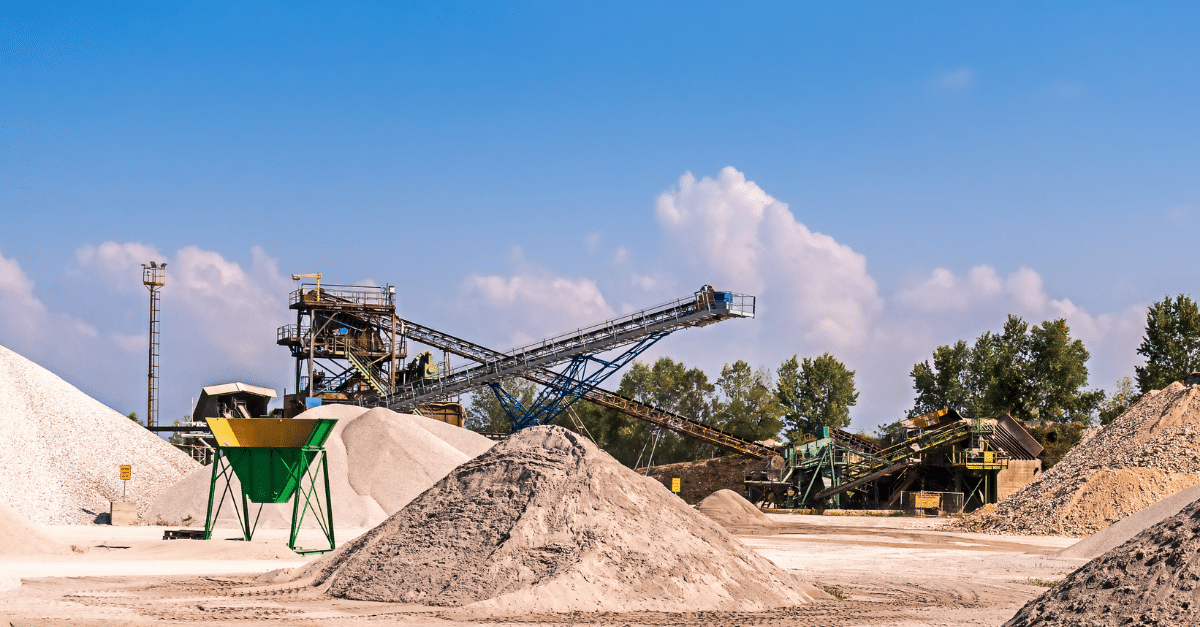October 12, 2023
 Miners face various health risks due to the nature of their work, which often involves exposure to hazardous substances, physical strain, and other challenging conditions. One primary health risk includes dust inhalation.
Miners face various health risks due to the nature of their work, which often involves exposure to hazardous substances, physical strain, and other challenging conditions. One primary health risk includes dust inhalation.
Miners can be exposed to silica (silicon dioxide) in various ways, primarily through the inhalation of respirable crystalline silica (RCS) dust. Silica is commonly found in rocks, sand, and minerals such as quartz. Mining activities that involve cutting, drilling, or crushing rocks and minerals can release fine silica dust particles into the air.
To mitigate the risk of silica exposure, mining operations implement various safety measures, including the use of personal protective equipment (such as respirators), dust control systems, and other engineering controls. Regular monitoring of air quality and health surveillance for miners are also common practices to ensure compliance with safety regulations and to protect the health of workers in the mining industry.
Silica Rulemaking – New Proposal by Mine Safety and Health Administration
On 6/30/23, the US Department of Labor announced a proposal by its Mine Safety and Health Administration to amend current federal standards to better protect the nation’s miners from health hazards related to exposure to respirable crystalline silica, or silica dust. The proposed rule change will ensure miners have at least the same level of protection as workers in other industries.
The proposed rule would require mine operators (including sand and gravel pits) to maintain miners’ Permissible Exposure Limit to respirable crystalline silica at or below 50 micrograms per cubic meter of air for a full shift exposure, calculated as an 8-hour time weighted average. If a miner’s exposure exceeds the limit, the proposed rule would require operators to take immediate corrective actions to come into compliance.
The new standard becomes effective November 10, 2023. Baseline sampling is required 180 days after the standard becomes effective, or May 8, 2024
S&ME Industrial Hygiene Services
S&ME is here to support your assessment and monitoring needs for compliance requirements and overall health and safety.
- Comprehensive Industrial Hygiene assessments
- Exposure monitoring
- Provide engineering and administrative controls
- Recommend appropriate respiratory protection
- Qualitative or quantitative respiratory protection fit testing
- Safety Program Development and/or Review
- Ventilation testing & diagnostic
Contact Us
For more information, please contact Ryan Butler, MS, CIH, CSP at RyanButler@smeinc.com.
